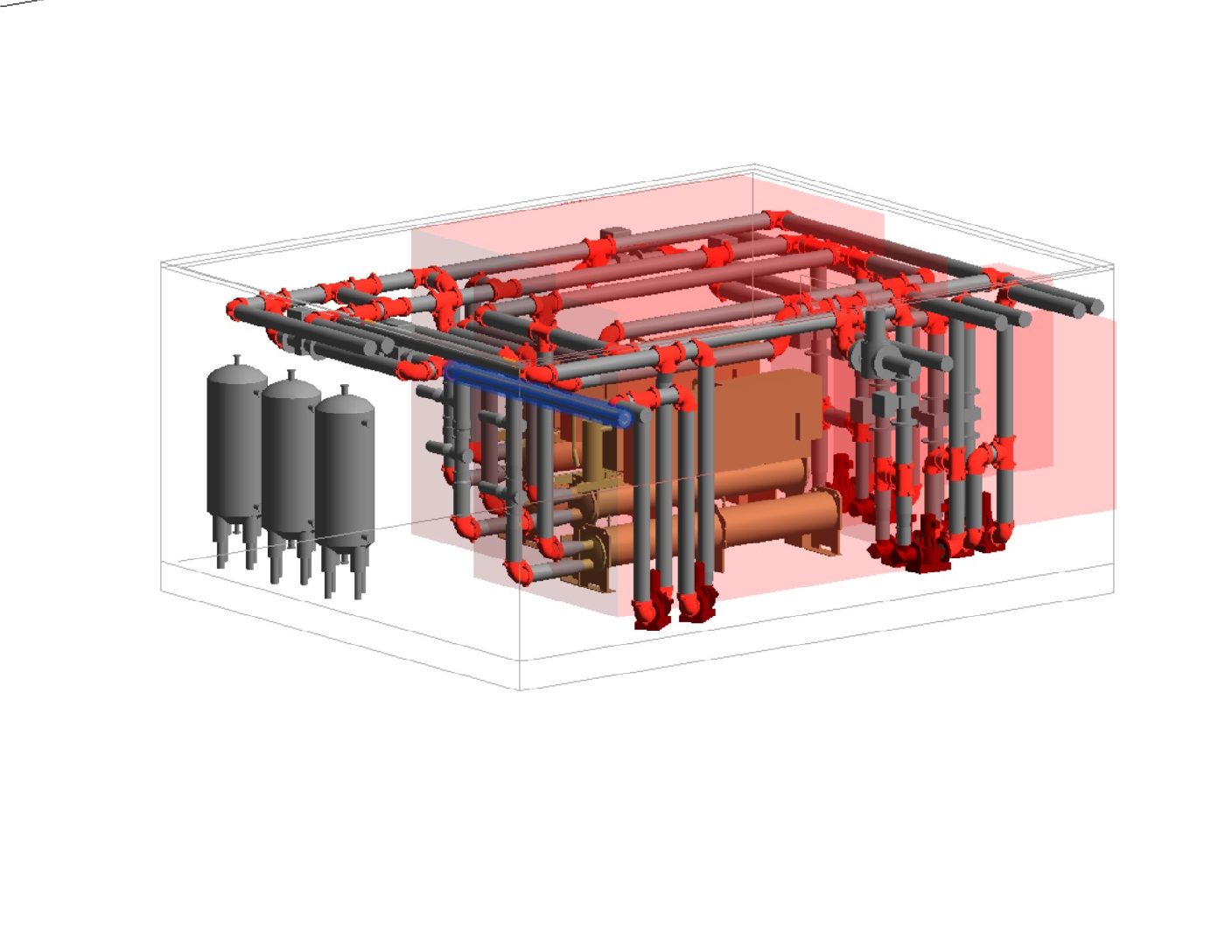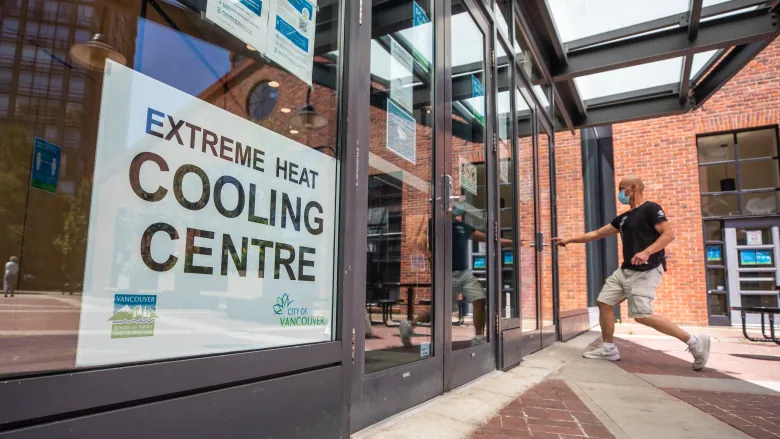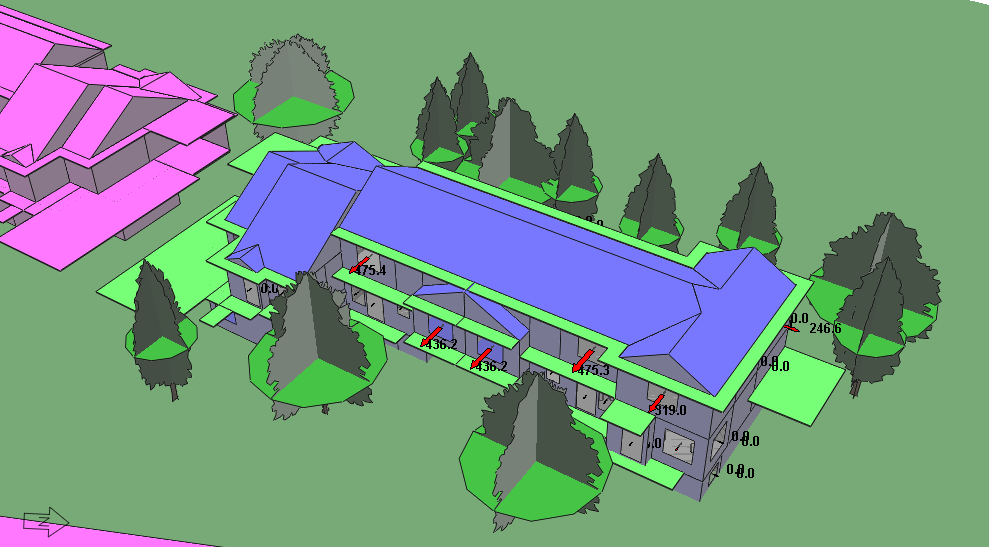
Low Carbon Technology: Thermal Gradient Header (TGH)
- TGH facilitates the capture and reuse of waste heat in buildings
- Typically installed with a heat recovery chiller
- Heating/cooling loads are connected to one distribution header to allow multiple supply temperatures, and optimal efficiency
- Funding available from FortisBC & CleanBC
Our team has recently been involved in design and construction support on several Thermal Gradient Header projects that are projected to achieve substantial energy and carbon reductions. We see this technology as an important tool in our mission to decarbonize buildings.
What is TGH?
A Thermal Gradient Header (TGH) is a piping framework and standardized control sequence that functions as a smart hub for the transfer of thermal energy. It has a continuous pipe filled with water or glycol which has a hot end and a cold end with a gradient of variable temperature in between. The TGH optimizes the utilization of heating from the building’s cooling system, as heat is transferred to satisfy building loads whenever possible, rather than being rejected.

Beneficial Un-Mixing
Low loss headers, such as those used in commercial boiler systems, are used to distribute heating water to a building at a single temperature setpoint.
A typical building will have loads that can be supplied with variable water temperature, such as ventilation, perimeter radiant heating and domestic hot water.
A TGH system can distribute variable water temperatures to match building loads, improving overall system efficiencies.
As water moves within the header, and in/out of the header, a thermal gradient is developed in the distribution system that allows for multiple temperature supplies with minimal controls.
Applications
A TGH can be arranged such that both heating and cooling is possible from the same header. With the integration of heat pumps and high temperature sources (e.g., condensing boilers) a wide array of heating and cooling requirements can be met with significantly reduced controls.
Low temperature return fluids can be directed into the condenser of a heat pump supplying cooling applications, with the output fluid being piped further upstream within the header to re-supply low or medium temperature heating loads.
A TGH system can be applied when there are accessible sources of thermal energy (such as ventilation exhaust), and a simultaneous heating load, such as building heating or domestic hot water production. It can also be arranged to collect heat from external thermal resources such as outdoor air, Geo-storage etc.
Technology Benefits
Thermal gradient headers offer significant benefits over traditional hydronic heating & cooling distribution:
- Decreased carbon emissions, as electricity is utilized by the heat recovery chiller to produce hot water
- The system is expandable, and can be designed to add future loads / sources
- Minimal increase in control systems / compatible with existing DDC

Design Considerations
The following should be considered as part of the design process when deciding if installing a thermal gradient header makes sense with your existing HVAC equipment and end-use:
- Thermal Energy Sources / Loads – How accessible are building heat sources and sinks?
- Variable Temperature– Is there an opportunity to supply variable temperatures to different loads in your building?
- Integration – Can all zones can be supplied by a single closed system?
Incentive Funding
Feel free to reach out to our engineering team if you would like to learn more about thermal gradient header technology, and how they can be applied within your existing HVAC plant.
Incentive funding is available from FortisBC & CleanBC to support this technology, and we at Impact are happy to help you navigate the incentive landscape.
Resources
What is a Thermal Gradient Header (TGH)?



